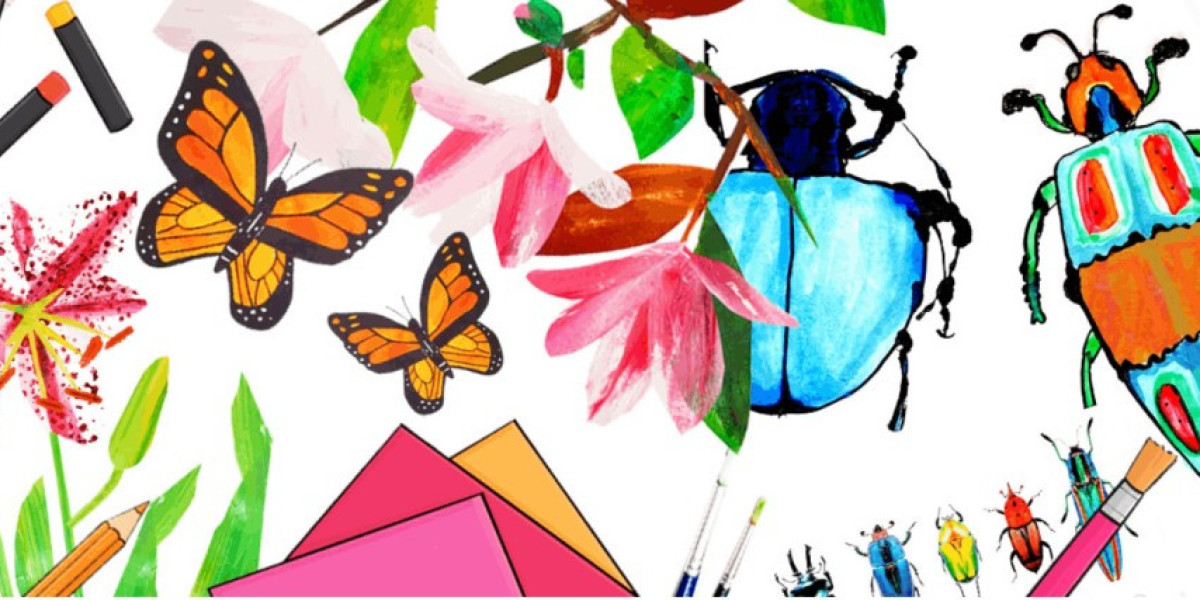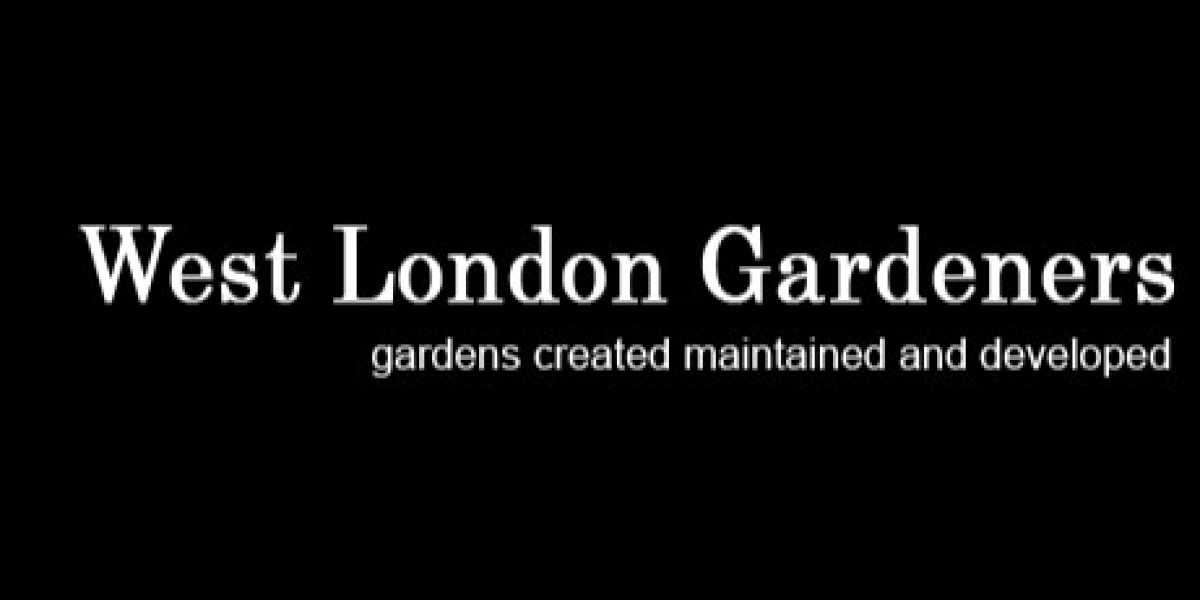In the field of education, incorporating art lessons into professional development can be highly beneficial for teachers. Not only does art education enhance instructional skills, but it also fosters creativity, empathy, and well-being among educators. When considering art lessons for teachers, it's essential to select programs that align with their interests, goals, and teaching objectives. Here's a comprehensive guide to choosing the right art lessons for teachers.
1. Identify Specific Needs and Objectives
Before selecting art lessons, teachers should identify their specific needs and objectives. Reflect on areas where you seek improvement or enrichment in teaching practices. For example, do you want to integrate more visual arts into your curriculum? Are you interested in learning specific techniques like pottery or digital art? Clarifying your objectives will guide you in selecting art lessons that are relevant and beneficial to your professional development.
2. Consider Art Forms and Mediums
Art encompasses a diverse range of forms and mediums, from painting and drawing to sculpture, photography, and multimedia. Consider which art forms resonate most with you and align with your teaching style. If you prefer hands-on activities, you might opt for lessons that focus on tactile mediums like clay or collage. Alternatively, if you're interested in digital art and technology, explore lessons that incorporate software and digital tools.
3. Evaluate Teaching Methods and Approach
Different art programs employ varying teaching methods and approaches. Some emphasize technical skills and art history, while others prioritize creativity and self-expression. Evaluate the teaching philosophy and approach of prospective art lessons to ensure they align with your preferred learning style. Look for programs that emphasize hands-on experience, experimentation, and practical application of artistic concepts.
4. Assess Instructor Qualifications and Expertise
The expertise and qualifications of instructors play a crucial role in the quality of art lessons. Research the background, experience, and credentials of potential instructors or facilitators. Seek out instructors who have a strong background in both art education and teaching methodologies. Experienced instructors can provide valuable insights, guidance, and constructive feedback tailored to educators' specific needs and goals.
5. Explore Professional Development Opportunities
Art lessons for teachers should offer meaningful professional development opportunities that enhance teaching skills and pedagogical practices. Look for programs that provide practical strategies and resources for integrating art into the curriculum. Professional development workshops, seminars, and courses should empower educators to apply newfound knowledge and skills in the classroom effectively.
6. Consider Flexibility and Accessibility
Choose art lessons that are flexible and accessible to accommodate busy teaching schedules. Online courses and workshops offer convenience and flexibility for educators with demanding commitments. Alternatively, consider local art studios, community centers, or educational institutions that offer evening or weekend classes. Accessibility is key to ensuring that teachers can participate and engage in art lessons without disrupting their professional responsibilities.
7. Seek Recommendations and Reviews
Gather recommendations and read reviews from fellow educators or professional networks. Peer feedback can provide valuable insights into the quality and effectiveness of art lessons. Reach out to colleagues who have participated in art education programs and inquire about their experiences, recommendations, and any tips for selecting the right lessons.
8. Emphasize Personal Growth and Well-being
Choose art lessons that prioritize personal growth, creativity, and well-being. Art education should inspire joy, curiosity, and self-discovery among teachers. Look for programs that encourage self-expression, mindfulness, and stress relief through artistic activities. Cultivating a positive and supportive learning environment is essential for fostering holistic development and enhancing overall well-being.
9. Align with Curriculum and Educational Goals
Integrate art lessons that align with curriculum standards and educational goals. Art education should complement existing teaching practices and contribute to students' academic and personal development. Select lessons that offer practical tools and strategies for incorporating art into interdisciplinary learning experiences that support curriculum objectives.
10. Commit to Lifelong Learning
Above all, approach art lessons as a commitment to lifelong learning and professional growth. Embrace the opportunity to explore new perspectives, refine skills, and discover the transformative power of art in education. Embrace art lessons as a catalyst for continuous improvement, creativity, and inspiration in your teaching journey.
In conclusion, choosing the right art lessons for teachers involves thoughtful consideration of individual needs, interests, and professional objectives. By selecting programs that align with teaching styles, emphasize practical application, and prioritize personal growth, educators can harness the benefits of art education to enrich their instructional practices and enhance overall well-being. Engaging in art lessons not only enhances teaching skills but also cultivates a lifelong passion for creativity and innovation in education.








